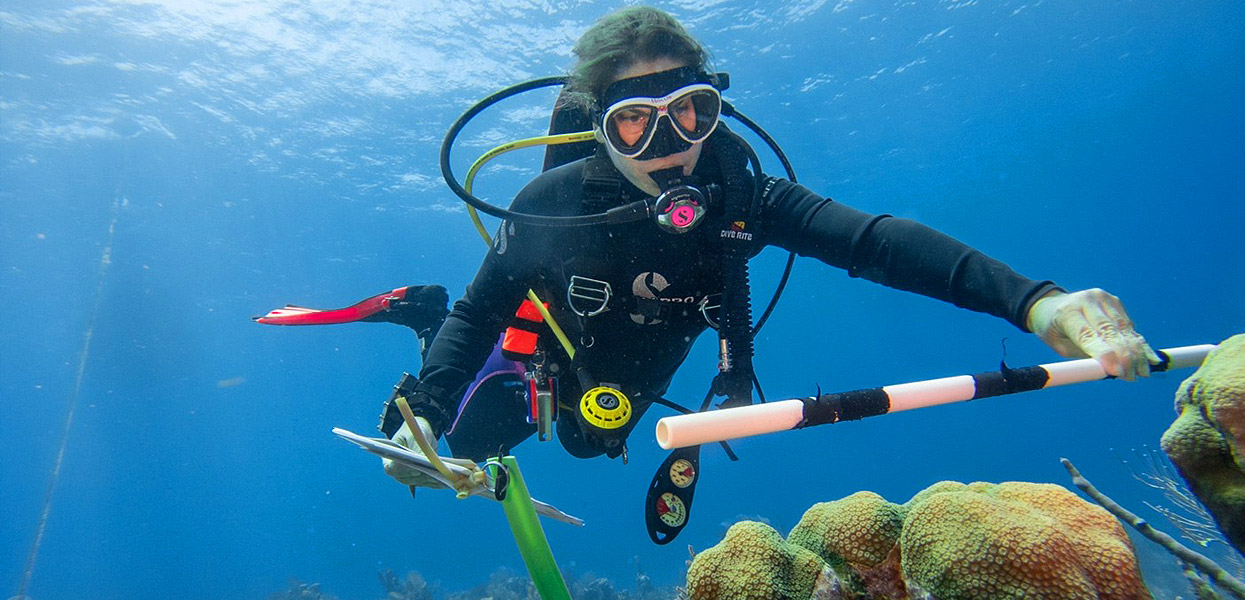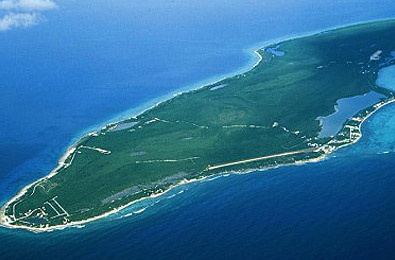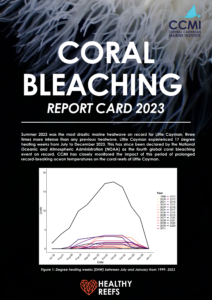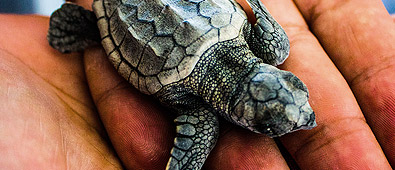Long Term Records to Strengthen Our Understanding of Coral Resilience
Coral reefs are the largest mass of construction workers on the face of the earth. They are natural architects in the shallow sea but only remain productive when juvenile corals are able to survive after recruitment onto the reef. At every dive location on the reef around Little Cayman, we see evidence of recruitment. This is a good sign for the future.
Using the AGRRA, Atlantic Gulf Rapid Reef Assessment protocol and collecting additional recruitment data, this project investigates the potential for juvenile corals to survive and replenish the local reefs. Results from this work will help generate an understanding of the mechanisms that are driving reef resilience.
AGRRA data on the benthic habitat and fish populations surrounding Little Cayman has been collected regularly since 1999. As CCMI researchers continue to collect this data annually, notes, reports, and peer reviewed journal articles are available online to scientists, policy-makers, and the general public. These surveys document patterns of local change over the last two decades and enable regional comparisons through the Healthy Reef Framework developed for evaluating the Mesoamerican Barrier Reef.
Key results from the latest Little Cayman Reef Report Card (released 2024):
- 2023 surveys show that coral cover in Little Cayman was the highest since CCMI’s surveys began in 1999. This coral cover has increased from the lowest record in CCMI’s data, which was in 2015, as a result of the 2014-2016 coral bleaching event.
- 40% of surveyed sites were recorded as in very good condition in 2023, meaning that percent coral cover was over 31%. This is a marked improvement, compared to only 12% of reefs in very good condition in 2018 and 16% in 1999.
- The data continue to show changes in dominant coral species groups, where species in the families Agariciidae and Poritidae, which are typically smaller, continue to increase in frequency, while larger boulder corals, such as Oribicella spp. and Siderastraea spp. continue to decrease. Overall coral size has also continued to decrease over time, likely due to this shift from large boulder shaped species to smaller species, a trend seen throughout the Caribbean.
- Fish communities maintain a positive trend, showing a continued increase in fish density and biomass over the past 5-6 years.
- Herbivore density has increased exponentially in the past 8 years, in particular, parrotfish have shown a significant increase between 1999 and 2023. Densities of carnivorous fish are not increasing as dramatically as herbivores, but they are increasing in size.
Shortly after CCMI’s 2023 surveys, the world’s reefs experienced the fourth global coral bleaching event. These data and associated report card doesn’t reflect the impact of this bleaching event on Little Cayman’s reefs, but CCMI has monitored the event closely. The results of which can be found in the 2023/24 coral bleaching report card.
View the reports by release year below.
2024 – Little Cayman Reef Report Card
2023- Little Cayman Reef Report Card
2022- Little Cayman Reef Report Card
2021- Little Cayman Reef Report Card
2020- Coral Reef Resilience Over Two Decades at Little Cayman Island | Reef Report Card
2019- 20 Year Report on the Status and Trends of the Coral Reefs in the Cayman Islands 1999 – 2018
2015 – Project Overview
2013 – A Positive Trajectory for Corals at Little Cayman Island
2007 – Coral community decline at a remote Caribbean island: Marine no-take reserves are not enough
2003 – Status of coral reefs of Little Cayman, Grand Cayman and Cayman Brac














